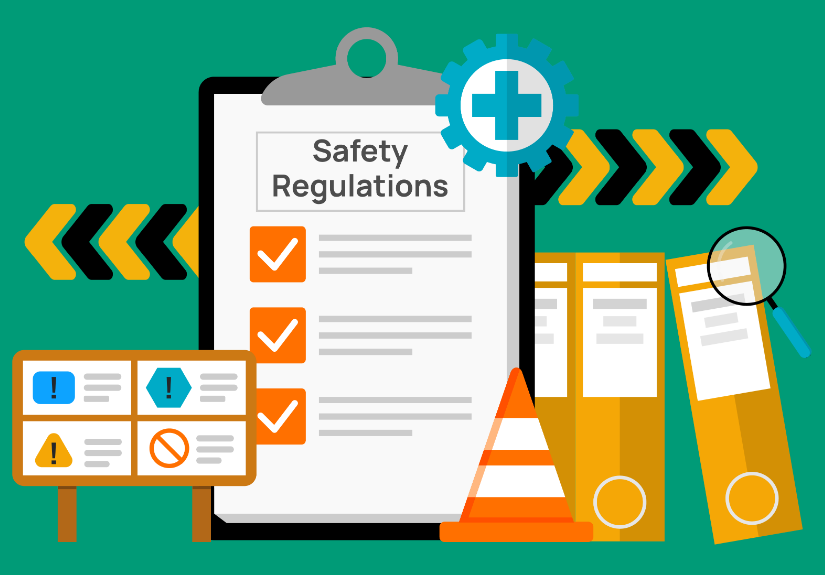Recruiting Tips: Hiring for the Future [Guide]
Get the Guide

Automation is starting to take real hold in the manufacturing and warehouse industries. With so many things to consider, we put together a checklist to help you work through automation implementation.

The cost of open positions directly correlates to the time it takes to fill vacancies; seeing impacts in both the short and long term. Here's what you need to know.

Light industrial companies require employees with specific knowledge and skills, and veterans are well-suited for these roles due to their unique experiences. Explore their lesser-known skills here!

Gifts are a great way to show how much you value your employees and their contributions. But sometimes it’s hard to decide what gift will make the most impact. Here are a few ideas.

Transitioning from military life to civilian life can be an adjustment. Veteran transition programs assist with this process, helping service members who are leaving active duty as they re-acclimate.

A leading food processing and manufacturing company was seeking a new staffing partner to manage its complex, multi-lingual workforce. They needed a solution that prioritized compliance, clear communication, and operational continuity.

The perfect fit in terms of staffing often comes down to their model. What makes onsite different? Watch our video and discover how an onsite model delivers the right talent, right where you need it.

As a founding charter member of IMAGE and an E-Verify employer, rest assured when you work with Staff Management, all workers will be compliant and documented. Don’t leave your staffing practices at risk – partner with Staff Management | SMX for your onsite staffing needs.

From labor shortages to compliance risks, manufacturers are under pressure like never before. See how staffing partners provide the expertise and workforce flexibility you need to stay competitive.

Maintaining worker document compliance is critical for any employer, and a key part of this process is verifying documentation during hiring and onboarding. Watch our video to learn how to strengthen your verification processes and protect your business from documentation fraud.

Whether you need contract, temp-to-hire, or direct hire talent, Staff Management | SMX helps you find top talent right when you need them. Explore our smart, scalable solutions designed for your workforce needs.

This year’s economy has felt like a wild ride, full of twists, turns and plenty of uncertainty. So while the road ahead is a little foggy, there are still reasons to stay optimistic. Here is a quick Q2 2025 recap and how you can turn these takeaways into forward momentum.

An automotive client of the customer was closing one of their plants and relocating to a different location. Our team worked with the client to understand their unique needs in transferring their production lines and ensured there were enough people to finish out the current line and mitigate turnover.

Struggling to get employees excited about safety? Watch our video for four creative ideas to transform your safety program and boost engagement.

As leaders in the staffing industry, we’ve truly seen it all and we want to share that knowledge with you. Here are the top 4 emerging trends for recruitment in 2025.